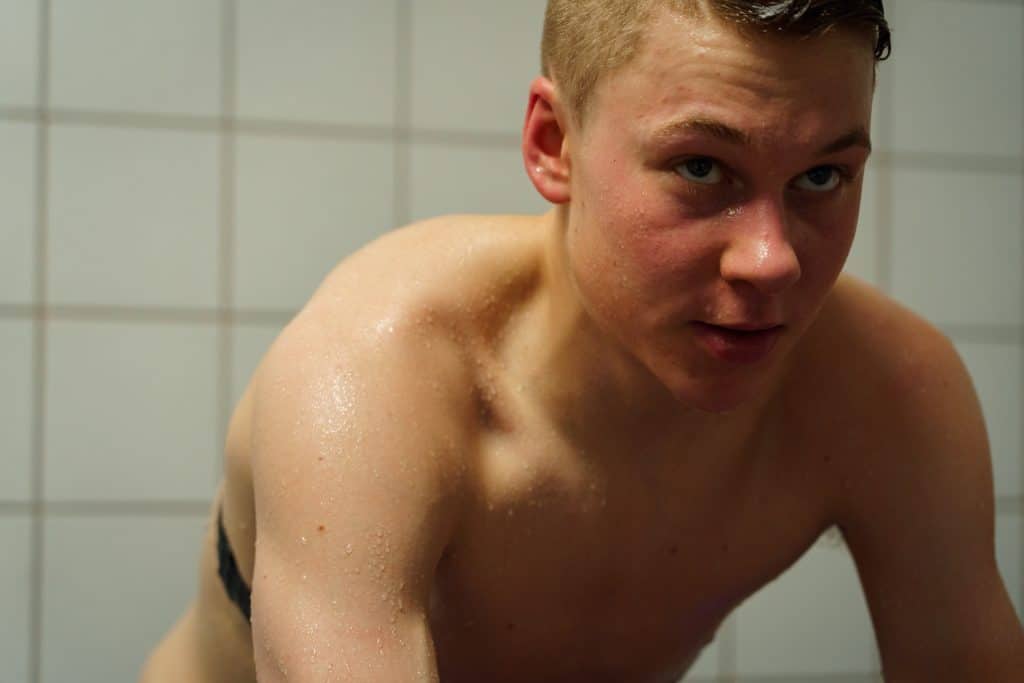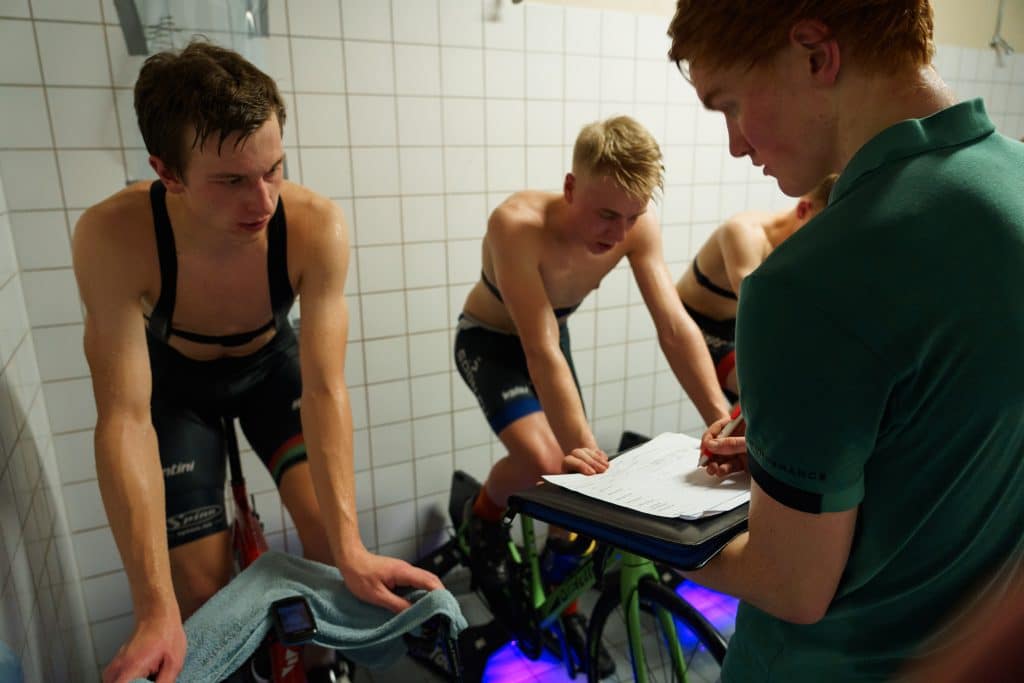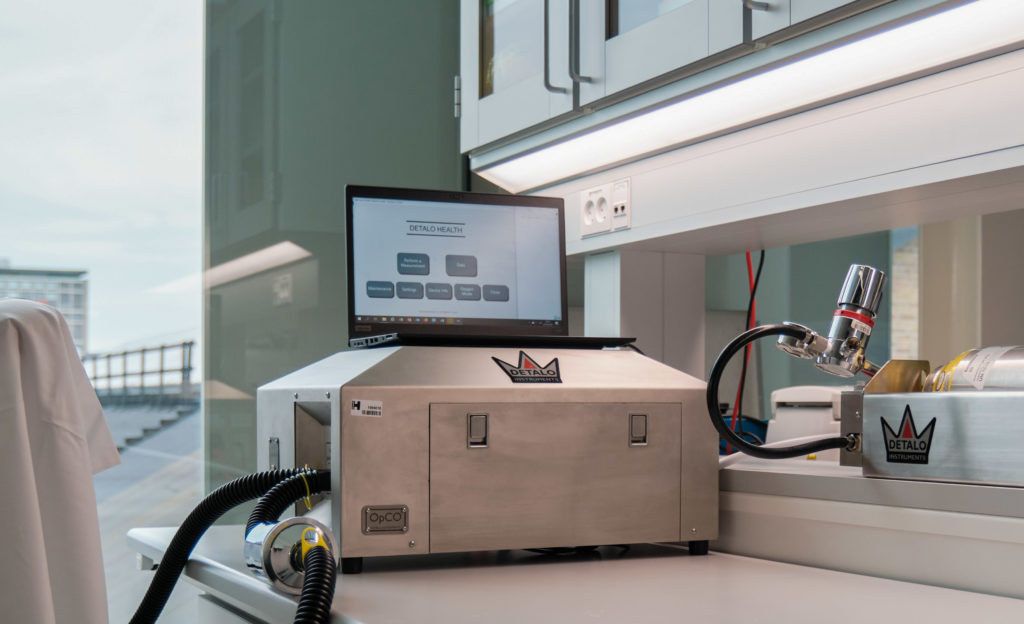Heat Training Improves Blood Volume in Athletes
Heat exercise training
Heat exercise training
Heat exercise training usually refers to exercise training conducted in the heat while athletes spend the reminder of the day in temperate conditions.
In most recent studies, exercise training sessions conducted in the heat are typically 45-60 min in duration, performed at low exercise intensity and 5 times per week. Since then main aim with this type of training is to increase core temperature, most heat training sessions have been performed immediately after the athletes ordinary training (where core temperature is likely higher) and is seen as a supplement to their existing exercise training regimes.
Heat exercise training and blood volume
Heat exercise training and blood volume
1-2 weeks of heat exercise training has been conducted for decades and is shown to increase plasma volume and exercise capacity when athletes are tested in a warm environment. More recent studies have demonstrated that 5 weeks of heat training may also facilitate Hbmass and thereby possible also exercise performance in a cool environment.
Heat exercise training without climatic chamber
Heat exercise training without climatic chamber
Since the aim with heat training is to increase body core temperature, heat training does not necessarily have to be performed in a warm environment but may also be conducted in a cool environment with the addition of garments that prevent heat loos during exercise. Importantly, since during outdoor cycling wind cooling is substantial, most studies have been performed with athletes training indoor on ergometers, rollers or treadmills since wind cooling is less. Wearing garments during exercise to stimulate heat training in a cool environment seems an attractive alternative to performing heat exercising training in a climatic chamber, and can also rather easily be brought on travels and training camps.
Heat Training Results
Heat Training Results
Following heat training, Hbmass has been shown to increase to a similar extend as from altitude exposure and could therefore become an alternative to altitude training camps.
It is currently speculated if heat training conducted during high altitude training camps may be beneficial, or if heat training could be used after altitude exposure to limit the rapid loss (1-2 weeks) of red blood cells upon returning to sea level.
For further scientific reading on the topic:
Rønnestad BR, Urianstad T, Hamarsland H, Hansen J, Nygaard H, Ellefsen S, Hammarström D, Lundby C.
Heat Training Efficiently Increases and Maintains Hemoglobin Mass and Temperate Endurance Performance in Elite Cyclists.
Med Sci Sports Exerc. 2022, link
Rønnestad BR, Lid OM, Hansen J, Hamarsland H, Mølmen KS, Nygaard H, Ellefsen S, Hammarström D, Lundby C.
Heat suit training increases hemoglobin mass in elite cross-country skiers
Scand J Med Sci Sports. 2022, link
Rønnestad BR, Hansen J, Bonne TC, Lundby C.
Case Report: Heat Suit Training May Increase Hemoglobin Mass in Elite Athletes.
Int J Sports Physiol Perform. 2022, link
Lundby C, Svendsen IS, Urianstad T, Hansen J, Rønnestad BR.
Training wearing thermal clothing and training in hot ambient conditions are equally effective methods of heat acclimation.
J Sci Med Sport. 2021, link


Blood Volume Measurement in 15 Minutes
Detalo blood volume analyzers determine total blood volume, red blood cell volume, and plasma volume in humans in a rapid, safe, and precise manner.
The Detalo Clinical™ is a CE-certified (MDR) medical device for routine blood volume assessment in standard clinical care. The device allows healthcare professionals to distinguish between true anemia and dilutional anemia and to determine if a patient is euvolemic, hypovolemic, or hypervolemic. Finally, it allows clinicians to evaluate and track the effectiveness of a treatment intended to change blood volume.

